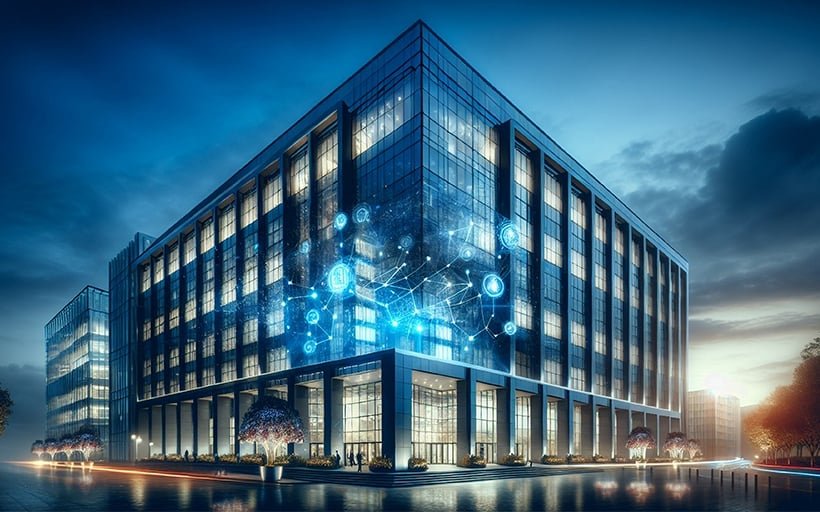


Converting empty office buildings into residential or hotel spaces isn’t new. Building owners have been working toward second-chance opportunities for office space since COVID-19 and its aftermath. Additionally, the idea of adaptive reuse has been around since the late 20th century.
Here’s what is new: Recycling empty, non-functioning office space into data centers.
While such conversions aren’t yet mainstream, the concept is gaining traction in an environment where bandwidth demand continues to expand, leading to the need for more data centers.
“The idea is fairly recent, following the increase in data center construction,” Partner Engineering & Science’s Technical Director, Data Centers, Richard J. Dennis, told ConnectCRE. “This construction, in turn, has been spurred on by significant advancements in computer technology, allowing improvements in accuracy and a faster execution of technical models.”
The Benefits
On the surface, the two main advantages of this form of adaptive reuse are:
- A new life and second chance for non-functioning, vacant office spaces.
- An opportunity to support the massive growth of artificial intelligence, cloud computing and other technological endeavors.

Digging a little deeper, another possible upside is a property valuation increase. “A property converted to data center use is valued much higher than one converted to housing,” Dennis said.
There’s also less of a chance that the space will sit empty. Dennis indicated that data center occupancy is nearly 100%, meaning that securing occupiers for converted space can be a relatively low-risk endeavor.
Finally, owners don’t always have to undertake a full conversion process to increase value or attract buyers. According to Dennis, providing a well-thought-out feasibility assessment that demonstrates a property is a good candidate for conversion can improve its salability to other developers.
Partner ESI developed a study for a business park in Memphis, TN, revealing that the site could support data center operations, due to the presence of fiber providers and proximity to high-capacity power. The study also explained that while potential conversion costs would total 22% of the existing property value, that value could increase by nearly 400% when adapted to data-center usage.
The Caveats and Must-Haves
Even with the potential benefits, an office building owner may want to think twice before diving into data center redevelopment. Not all structures are suited for such purposes, nor are they in the right location.

“There needs to be power and fiber infrastructure available to the site,” Dennis noted. “There must also be enough space to install the electrical and cooling equipment needed to support the data center.” Because office facilities were not originally designed to meet the cooling and power demands of a data center, conversion can require significant infrastructure overhauls.
Additional issues to consider include:
- Required permits (zoning, emissions, noise, mechanical and environmental)
- Location factors (geographic risks and climate)
- Proximity to resources (skilled labor, suppliers and emergency services)
- Scalability (room for future growth, utility upgrades)
- Structural limitations (floor plates, elevators, windows, cladding)
Furthermore, “the entire conversion process can take a long time,” Dennis said. “This is due to utility engagement timelines, equipment procurement lead times and limited human resources in this market space.”
The Way Forward
The key takeaway here is that an office-to-data center conversion can be successful, provided the right location, building structure, and resources are in place.
But there’s more to such an adaptive reuse project. It requires an in-depth feasibility study—like one that Partner ESI uses—to ensure that the facility in question can have a useful second life as a data center.”
“It’s best to be guided through the process that vets the property as suitable for data conversion,” Dennis explained. “The process should have Go/No-Go phased gates so the property can be eliminated from consideration before too much effort and money are invested.”
The post A Potential New Use for Vacant Office Space: Data Centers appeared first on Connect CRE.